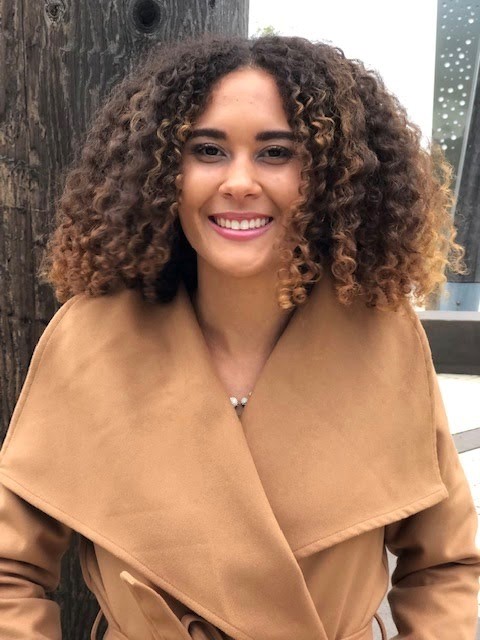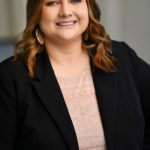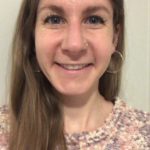
Bianca Zarders received her Bachelor of Science in Public Health with a focus on Health Promotion and Education from Kent State University in 2017. She is currently a second-year MPH candidate at the University of Minnesota where she is specializing in Maternal and Child Health. Her passion for maternal and child health sparked when she took a health disparities course junior year of college and realized the need for further research on health inequities in children of color specifically in African American children. In Fall 2018, Bianca began a research internship at Minneapolis Public Schools (MPS) Early Childhood Education, focusing on vision health where she began to see how poor vision health can drastically affect learning and the behavior of a child if not treated early Her recent research has been on the difference in vision screening access in children age 3-5 by race/ethnicity and home language in Minneapolis. She is passionate about closing the racial and language barriers so that all children are given the same access to health in Minneapolis and the United States.
In an ideal world, both communities and systems would work together for one common goal. The health and wellbeing of individuals. Unfortunately, that is not the world we live in. Communities sometimes lack the voice in system change and are not properly represented in the process. Or there is miscommunication from systems on what communities actually need. However, my deployment through the Center of Leadership to the Minneapolis Public Schools has shifted my perspective and has given me hope for future system changes. Last year, my supervisor from the Minneapolis Public Schools, Early Childhood Screening and I created a Minneapolis Vision Health Task Force in efforts to collaborate with various stakeholders to address the gaps in our system toward vision health in children 3-5 years old. The task force stakeholders includes organizations from local and state jurisdiction, health care, philanthropy, Head Start and non-profits. Our goal was to eliminate the barriers toward proper eye treatments, glasses, insurance, or cost dilemmas regardless of race/ethnicity or home language.
In March of 2019 we applied for the National Prevent Blindness Better Vision Together Team that works alongside other states to collaborate ideas, mentorship from the national level and to encourage one another to create adequate vision health in each state. In September of this year, I was able to present my research alongside my supervisor in Baltimore in front of the national committee of Prevent Blindness to discuss the data and results we have found from our Minneapolis Vision Task Force and the work we are doing to close the gap in vision health in our city. Our presentation sparked conversation on a national level on what other states could do with their own task force as well as what policy and legislative changes could be done from a systems level in regards to vision health. We were also able to talk with policy makers and legislatures on ways we could improve our systems in Minneapolis. This allowed us to cast vision to what the next few years would look like.
Working with communities is so important because you see first hand the effect a new system change could make on an individual. But there is so much strength in joining efforts, collaborating with various stakeholders, states and national efforts in order for change to happen. Having a national presence on our task force team has allowed for more motivation from various stakeholders and acknowledgment that the work they are doing in the communities is truly making a difference. It has also invited various other stakeholders to be a part of our local team that might not have considered before having a national presence. Even though communities and systems change does not happen overnight, I’ve seen great strength in collaboration and hope to see various public health efforts work together like my deployment has to eliminate the barriers in our city.
This post is co-authored by Abhi Ramesh, a co-editor of this blog and an MPH student at the University of Minnesota studying maternal and child health. Her studies are affiliated with the University of Minnesota’s Center for Leadership Education in Maternal and Child Public Health.

